It used to be that the shores of Yukon rivers were lined with decaying riverboats. Old Whitehorse photographs show sternwheelers land-stranded in Whitehorse after the new highway bridges stopped the passage of the big boats that travelled the Yukon’s river system.
Postcards called it the end of an era.
Time has taken its toll on the old boats; some were scavenged to bits, some rotted, while others famously burned. There are only a few that remain. The Yukon Rose in Dawson City lies high and dry awaiting restoration, the MV Tarahne sits on the shore of Atlin Lake, and the SS Klondike in Whitehorse is the queen of the Parks Canada fleet.
Carcross lost its treasured Tutshi in a fire in 1990. Now the Tutshi memorial with its charred paddlewheel, marks the place. But another, lesser-known boat of the Carcross sternwheeler era, was stashed behind the old barracks building in downtown Carcross.
It didn’t look very big when it was hidden by trees and buildings, but when owner Jamie Toole cleared the debris and removed a building, the full scale of the MV Sibilla emerged.
 |
| Historic boat comes to new resting place in Carcross. (Lawrie Crawford/Yukon News) |
She’s 14 metres long and 2.6 metres wide, with peeling paint and plywood-boarded windows.
Jami Toole, the owner of both the boat and Caribou Hotel in Carcross, said the Sibilla “was known to be the fastest freight boat on the Yukon River.”
He said it was built in Whitehorse in 1926 and later purchased by the British Yukon Navigation Company to take freight and passengers on Tagish Lake. It was used when the Nares River was too shallow for the Tutshi, a larger boat.
READ MORE: Walkway, signs planned for West Dawson paddlewheel graveyard
According the draft Carcross Heritage management plan, “the Sibilla is a called a ‘tunnel boat’ because of the shape of its hull. It was used as a support boat for the sternwheelers; marking the channels in the spring, scrapping out the sandbars and pushing a barge to Taku Landing. The Sibilla was moved to Carcross around 1943 for active service after the MV Brant exploded.”
It wasn’t pulled ashore until much later, perhaps sometime in the sixties, Toole says.
On Friday Sept. 3, Toole and his crew raised the six tonnes of boat, swung it out of its old location, set it down, moved the crane, lifted it up again, spun the boat around end to end, and carefully put it back down on a fresh pad of concrete, close to a newly built sidewalk.
That would be its new resting place, visible from the deck of the Caribou Hotel just across the street.
Toole loves old things and bringing them back to life. As a lifetime builder, inclined to historical restorations, he seems a little nonchalant about the whole thing.
“We’re just putting it onto this concrete pad here to do some restoration on it and have some historical signage so everybody can enjoy it,” he said.
READ MORE: All aboard! Train traces the epic Klondike journey
Plan your adventures throughout the West Coast at westcoasttraveller.com and follow us on Facebook and Instagram @thewestcoasttraveller. And for the top West Coast Travel stories of the week delivered right to your inbox, sign up for our weekly Armchair Traveller newsletter!

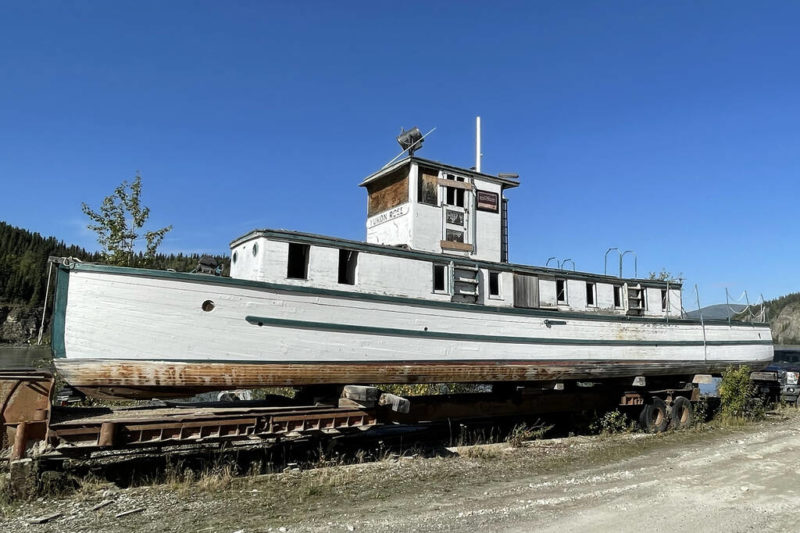


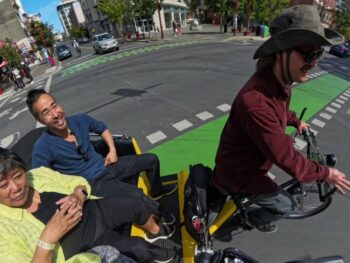
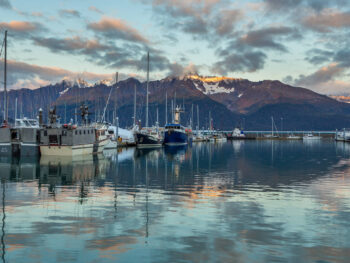

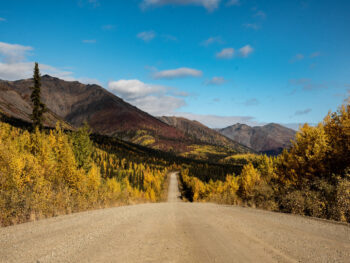
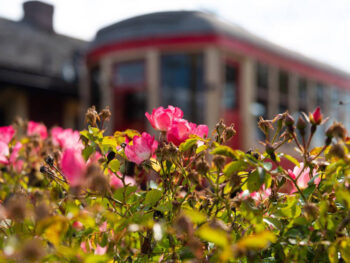
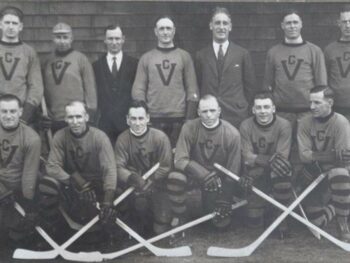

 Master carver Dempsey Bob plans artist residency for coastal BC’s North Pacific Cannery
Master carver Dempsey Bob plans artist residency for coastal BC’s North Pacific Cannery